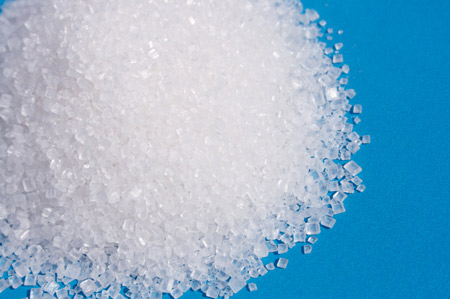Brazil Centre South sugar output drop, despite raise cane crush
Category: Sugar
 (Agrimoney) – Brazilian Centre South mills ramped up cane processing, but switched more of the crop into ethanol, leaving sugar production lower than a year before, data from cane industry group Unica showed.
(Agrimoney) – Brazilian Centre South mills ramped up cane processing, but switched more of the crop into ethanol, leaving sugar production lower than a year before, data from cane industry group Unica showed.
Mills in the Centre South, responsible for some 90% of Brazilian sugar output, crushed 40.1m tonnes of cane in the second half of May, a significant increase on the 28.7m tonnes in the first half of the month as a seasonal upturn in processing volumes unfolds.
It was also higher than the 38.0m tonnes of cane crushed in the second half of May 2014.
“Fewer days [of cane harvesting] were lost to rain,” traders at Sucden Financial said.
Lowest in seven years
However, sugar output in the last half of last month, at 1.96m tonnes, fell marginally short of the 2.02m tonnes produced in the same period a year before.
In part, that was down to a weaker level of sugar in the cane harvested, at 125.0 kilogrammes per tonne of cane, down from 127.8 kilogrammes a year before.
But Unica also flagged the extent of cane turned into ethanol, at 58.8%, rather than cane.
“The proportion of cane used for sugar production in the last 25 days of May this year is the lowest recorded value for the period since the 2008-09 season,” said Antonio de Padua Rodrigues, the Unica technical director.
Ethanol output, by contrast, at 1.74bn litres was up 8.5% year on year.
Ethanol vs sugar
The favouritism for ethanol reflects the relative value of the biofuel compared with the sweetener, for which New York futures prices are at among their lowest in six years.
Demand for ethanol, which is a major road fuel in Brazil, remains high.
The importance of the domestic ethanol market is demonstrated by the relative volumes of hydrous ethanol, as opposed to export-grade anhydrous ethanol.
Hydrous ethanol production is up 20.3% at 3.48m litres.
Hydrous ethanol is favoured for the Brazilian domestic market, where it is used in specially designed engines, while anhydrous ethanol is more popular for export as it can be readily blended into gasoline and used in conventional engines.




